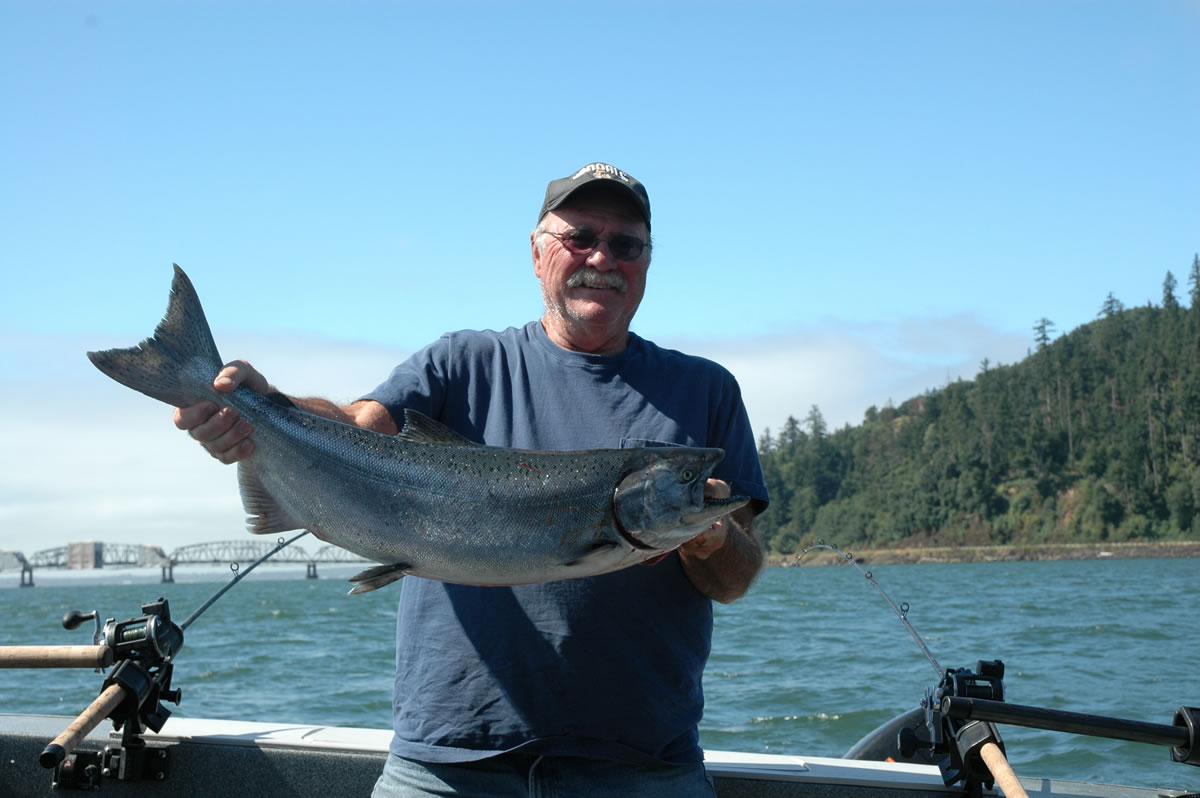Biologists are forecasting the best run of fall chinook salmon to the Columbia River in almost a decade with expectations for a record-high return of bright fish to central Washington.
The forecast, released late last week, predicts a return of 677,900 fall chinook to the Columbia, the highest return since 2004 and significantly larger than the actual return of 512,300 a year ago.
Particularly encouraging is the forecast for a record-high 432,500 “upriver brights,” mostly wild-spawning fish produced from the free-flowing Hanford Reach downstream of Priest Rapids Dam near the Tri-Cities.
The highest actual return of upriver brights was 420,700 in 1987. Upriver brights fuel catches at places such as the mouth of the Cowlitz River, Kalama, Vancouver, and Government Island.




